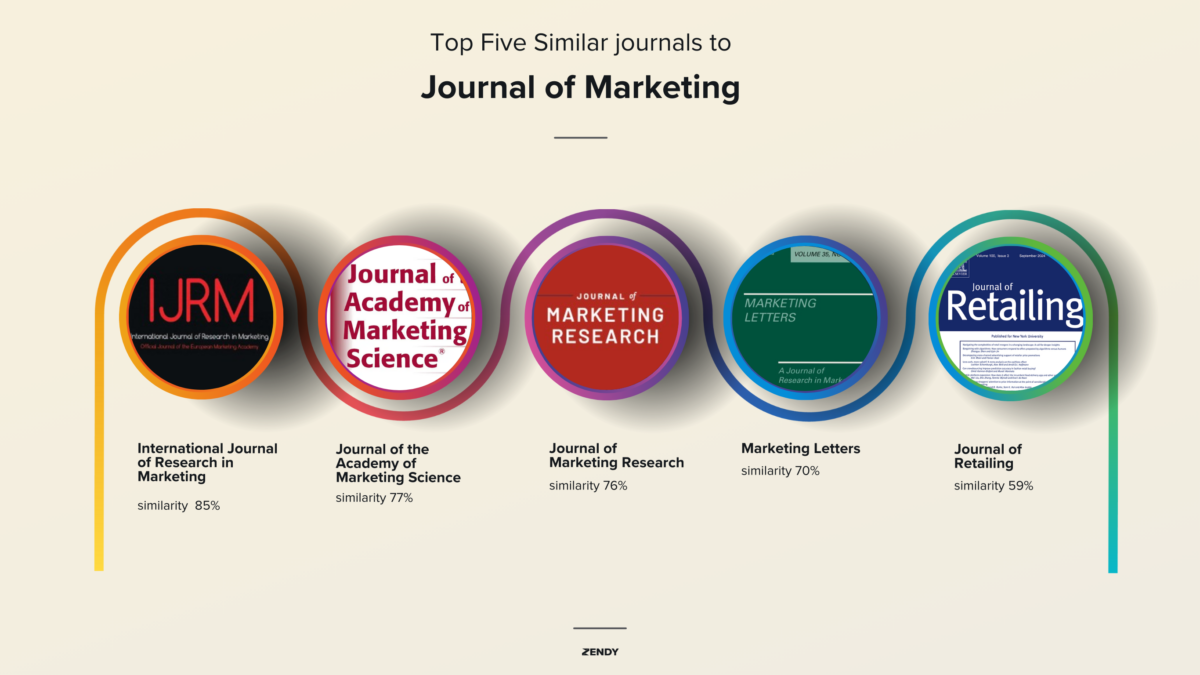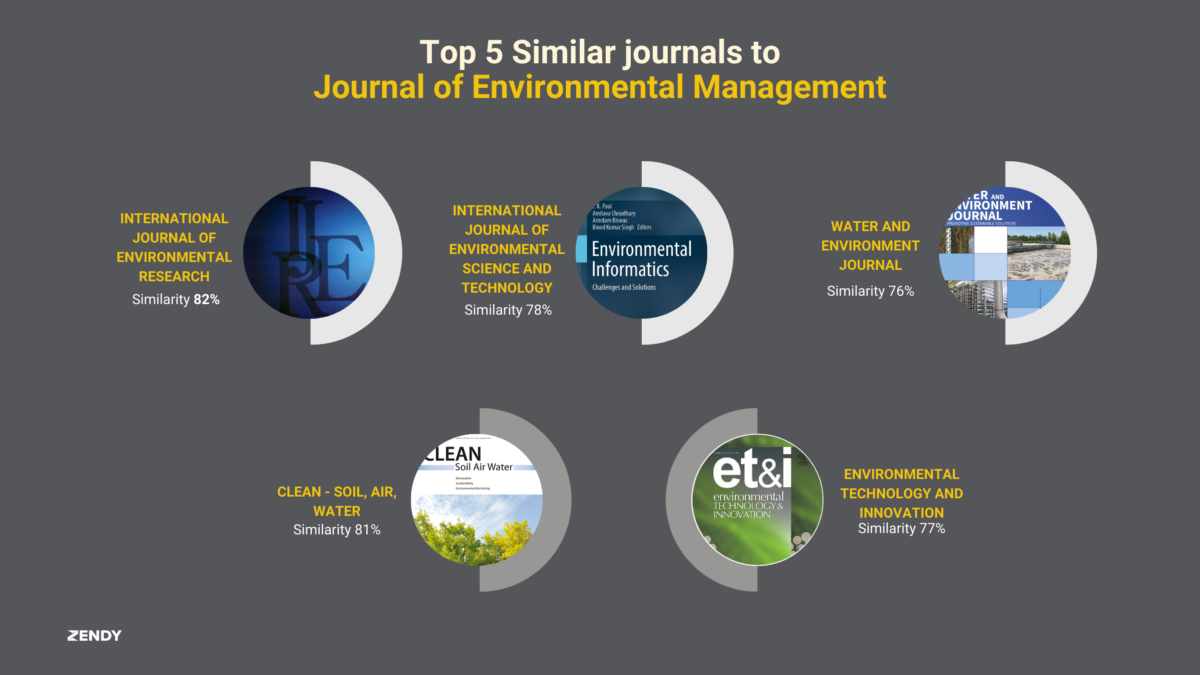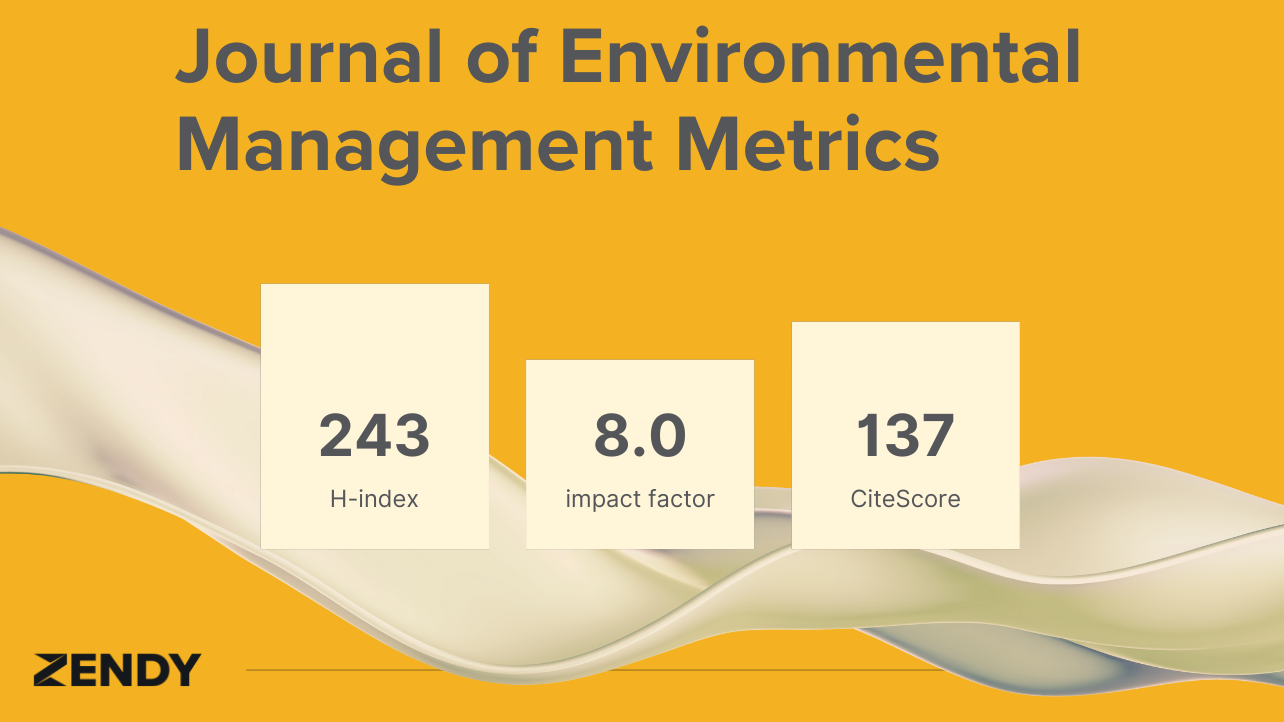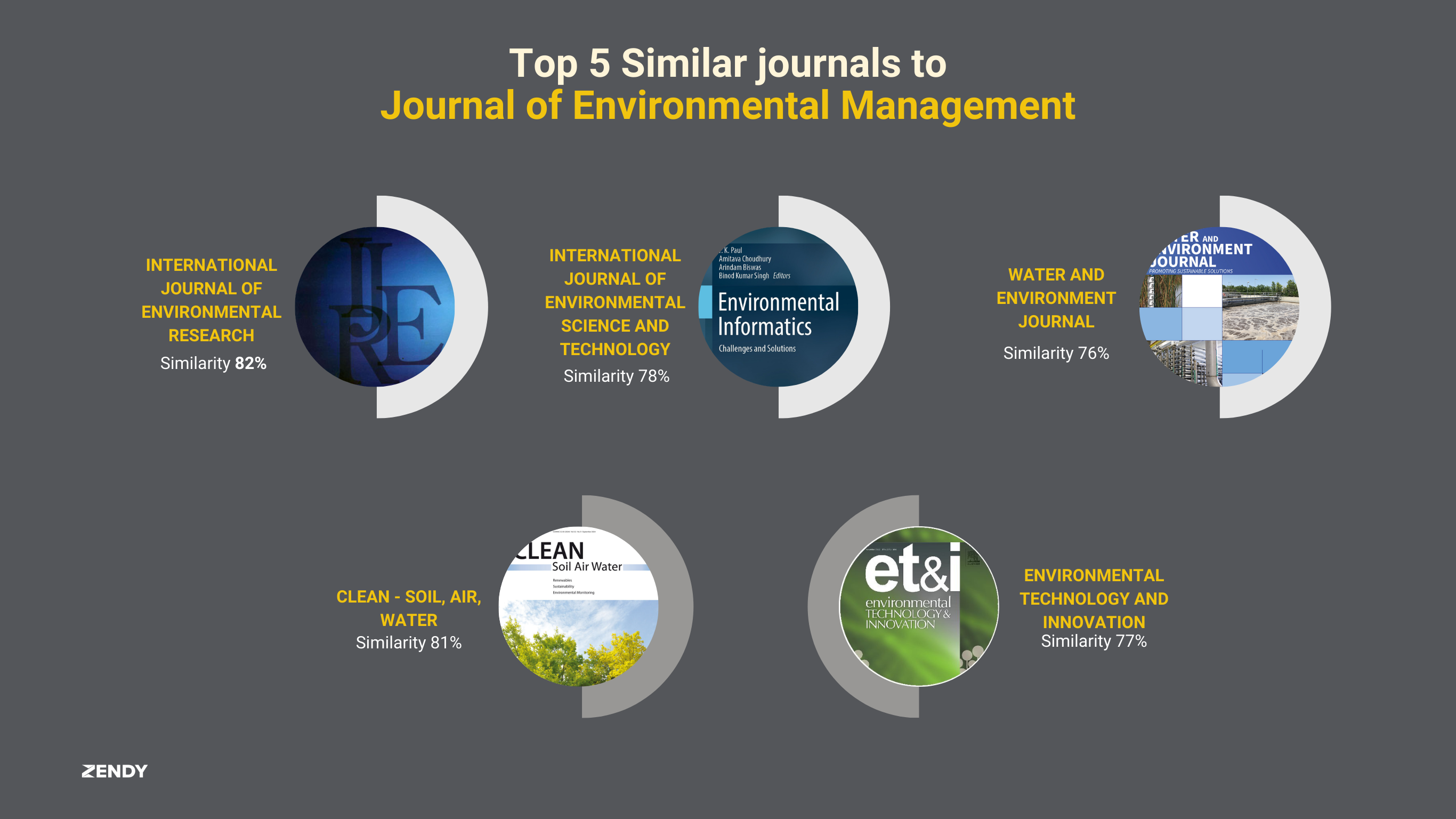The 4th oldest primary peer-reviewed journal in marketing research articles, the Journal of Marketing, has been one of the top marketing journals since 1936. Over the years, JM is globally known for developing the latest solutions for real-world marketing problems. Its bimonthly marketing research articles are used by academics, professors, business managers, policymakers and end-users around the world.
Sage Journals in Numbers
In 1965, Sara Miller founded Sage with only $500 and a single-room office in NYC. Today, it has grown globally, based in Los Angeles, London, New Delhi, Singapore, and Washington DC. Sage has published over 1000 journals, known for its top marketing journals and as a leading journal covering many other disciplines, such as business and management, engineering, medicine, sociology and education.
Journal of Marketing Impact Factor, CiteScore and H-index
The true benefit of metrics is that they help you understand the level of influence a journal has. In the past, Impact Factor was the only way to evaluate the “impact” of a journal. Nowadays, there are several ways to measure the quality of a journal, including H-index and CiteScore. The Journal of Marketing has significant metrics compared to its peer marketing research articles.
Top 5 Similar Journals to The Journal of Marketing
Here are the top marketing journals that are similar to JM.
AMAF Award 2024
Every year, the American Marketing Association Foundation (AMAF) awards the best research published in the Journal of Marketing with a notable contribution. This year’s award went to How to SHIFT Consumer Behaviors to be More Sustainable: A Literature Review and Guiding Framework
Published by Katherine White, Rishad Habib and David J. Hardisty.
The criteria of selection are based on the originality of the article, its theoretical and practical contribution and its impact on addressing real-world problems.
In conclusion,
Since 1936, the Journal of Marketing has been a vital source of marketing, business management, and sales. JM has shaped marketing practices worldwide with its top marketing journals.







